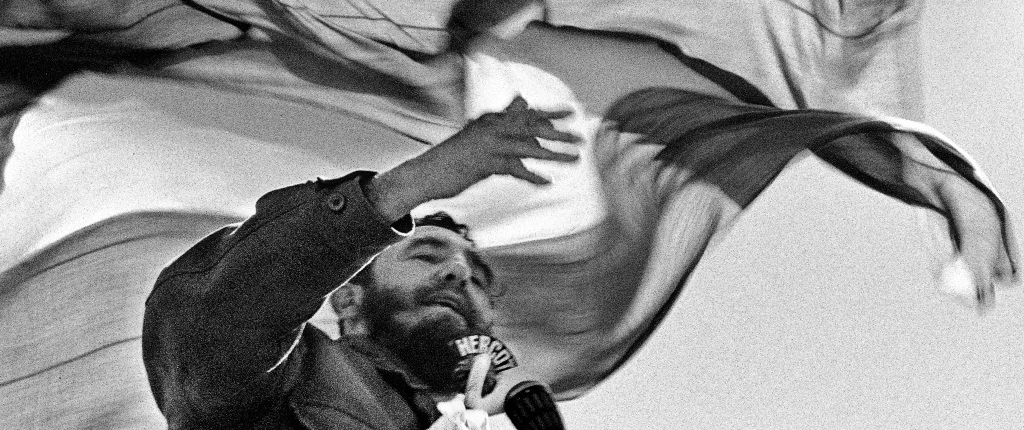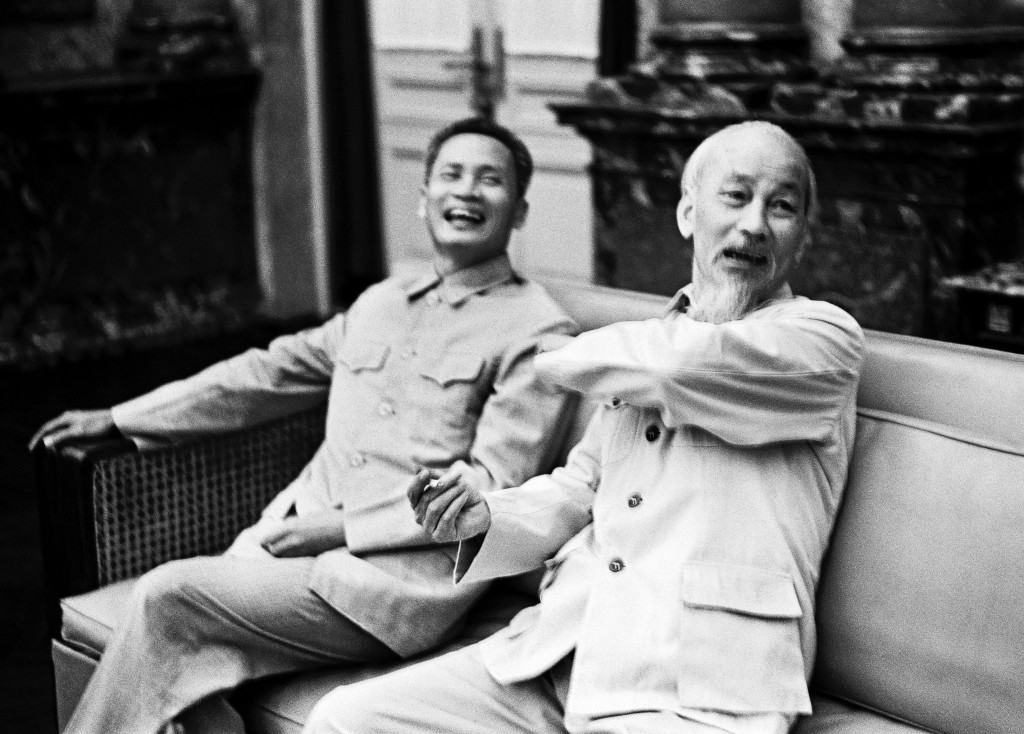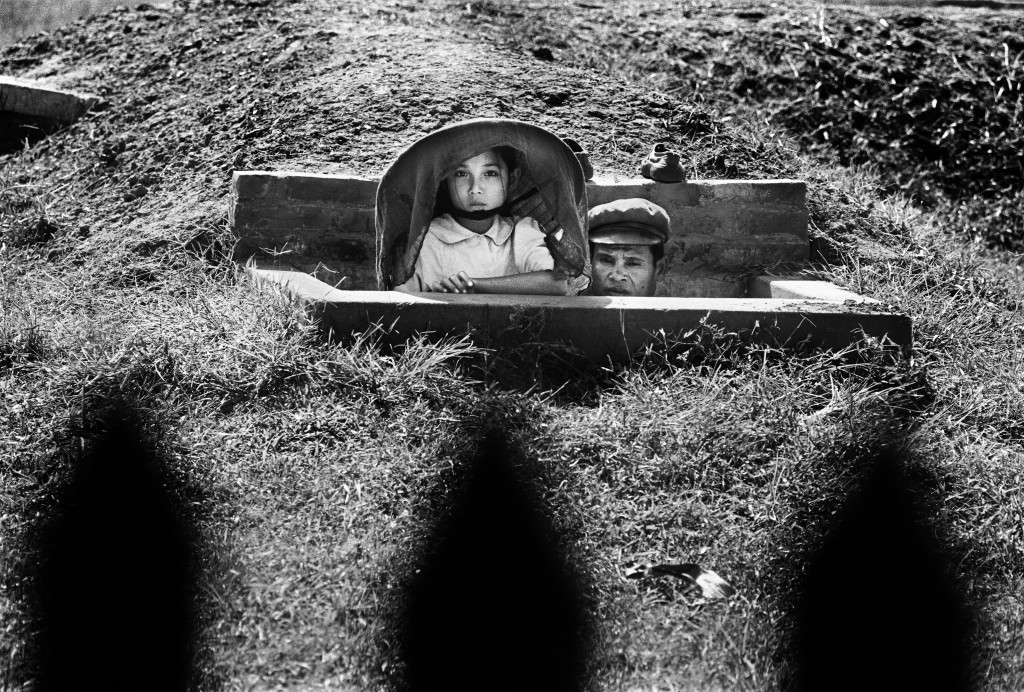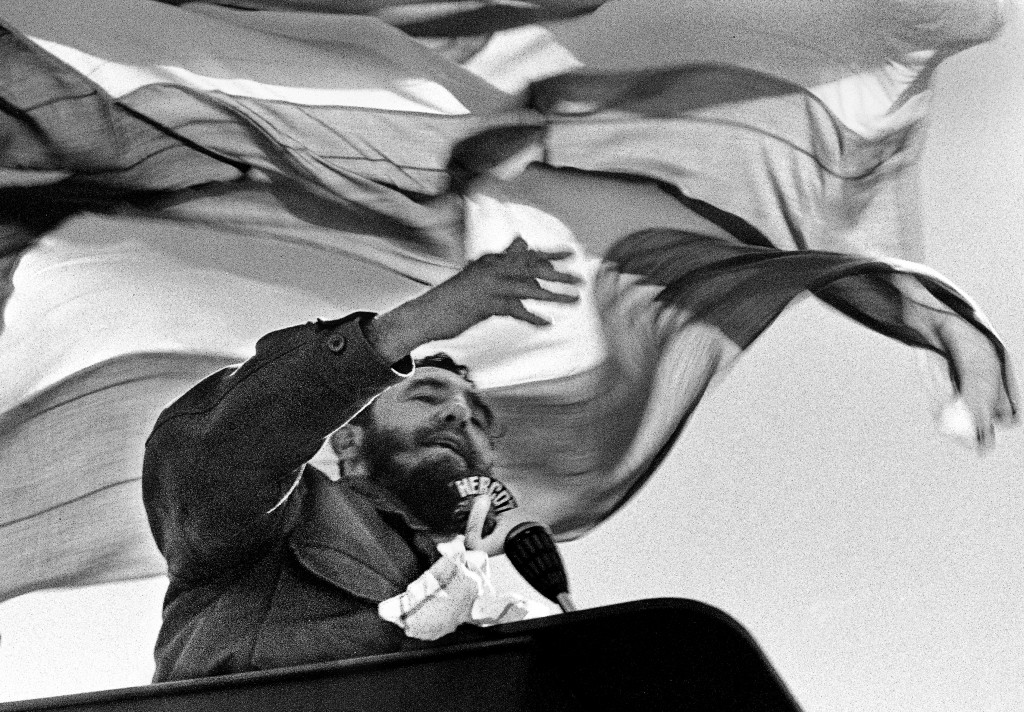Location: Villa Bottini, Via Elisa, 9 – Lucca
THE HUMAN REVELATION – ROMANO CAGNONI
curated by Benedetta Donato
The best photograph for me is a human document of visual impact. Document in the sense that relates to existence. Human because it tells the state of mind of the person and all of this must have a visual impact that makes it memorable.
(Romano Cagnoni, Maledetti Fotografi, interview published in 2015)
Being on the spot and choosing to tell reality through the faces and stories of men, managing to focus on their emotions is the path taken by Romano Cagnoni, to reveal history in the course of changes and revolutions. Here is the narration of events destined to irreversibly modify the order of the world – from the widely documented photojournalist – it becomes a succession of fragments capable of arousing amazement, when the point of view adopted moves the attention to the less obvious element, the most imperceptible, beyond the ordinary news chronicle.
It is an innovative process that the photographer implements, communicating his own idea of reality and restoring it to a new unedited vision. A continuous challenge perpetrated on the field: from work on North Vietnam (1965), where he was the only western photographer allowed to enter, to the award-winning reports in Biafra (1968-1970), where he was one of the first correspondents to document the phenomenon of starving children, of the masses who were losing their individuality, of the oppressed who tried to emerge as a people of resistance; and again from Chile before the coup d’état of Pinochet (1971) to Argentina during the return of Peron (1972), to the revolution in Romania (1989) or to daring and never experienced productions, such as the preparation of unlikely sets in the fields of combat, to portray the Chechen guerrillas or the use of the optical bench, to bring back the destruction of the conflict in every single detail in the territories of the former Yugoslavia.
Going back over his work, it is clear how any choice results from a constantly evolving creative process, finalized to the production of new representations which, although moving from situations of upheavals and conflicts, subvert the habitual reports of the reportage – a genre to which it has always remained faithful – adding from time to time an unexpected element. A drive for reflection, a continuous tension, which is recognized as the capacity to know how to see beyond facts, which is enclosed in representations destined to remain “memorable” in history.






 © Davide Monteleone
© Davide Monteleone